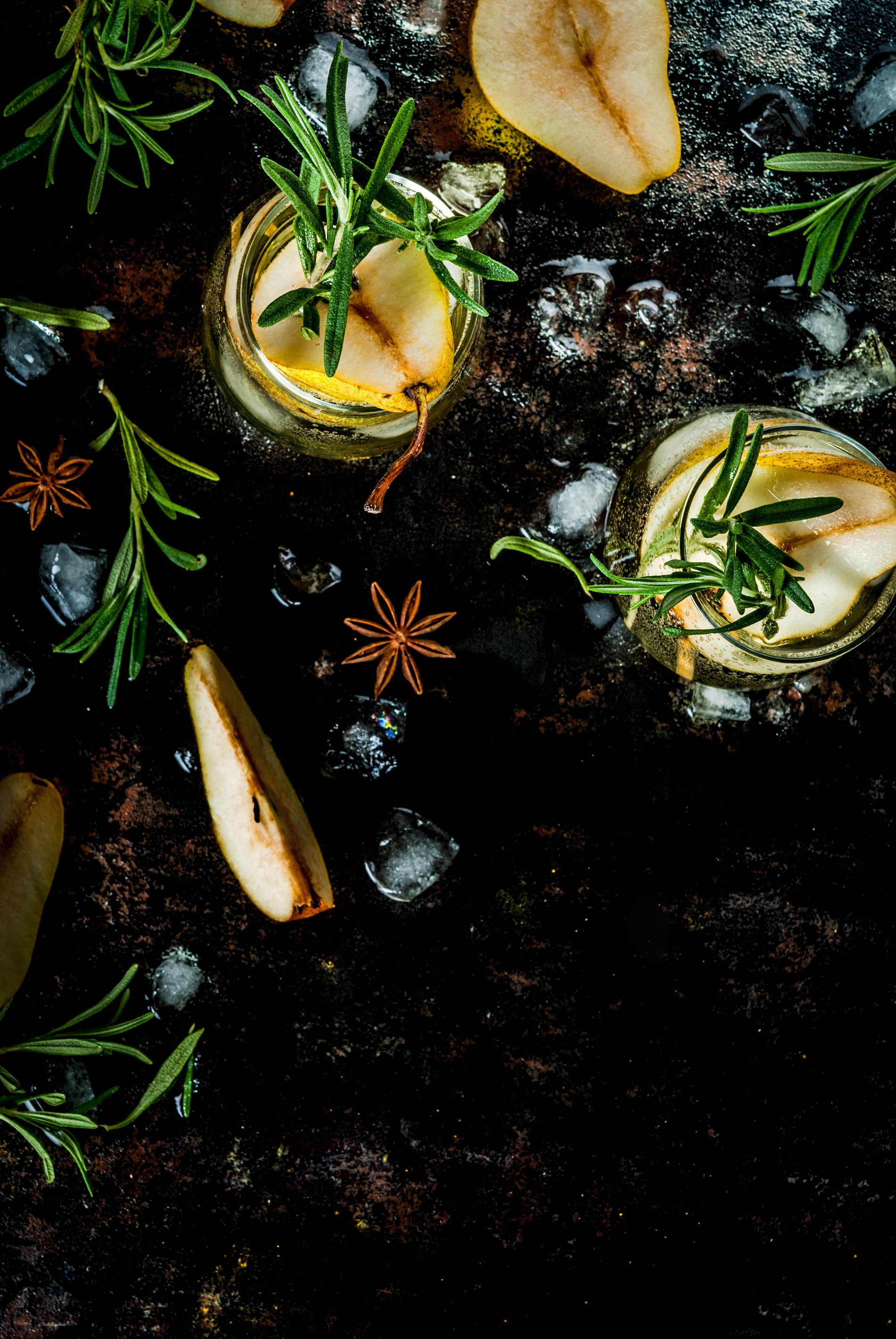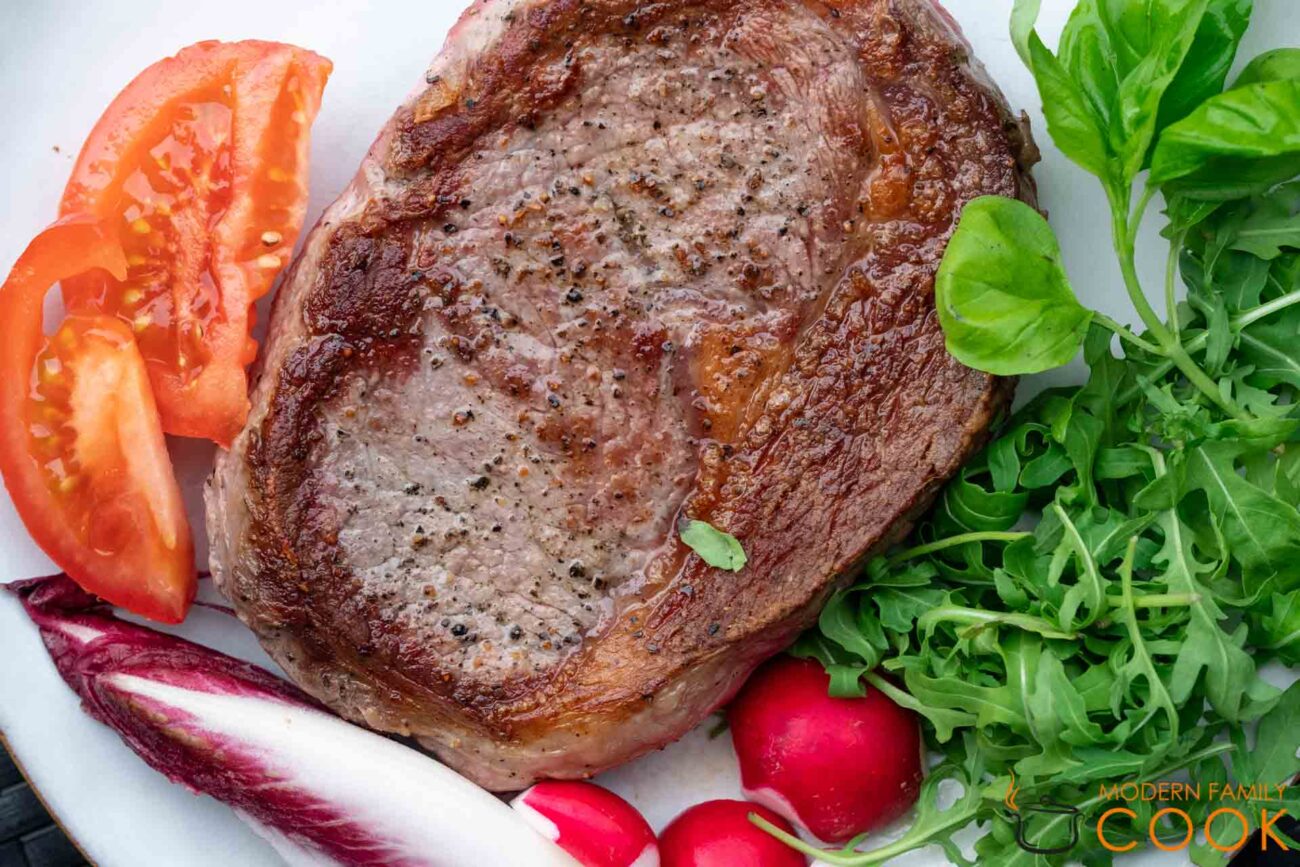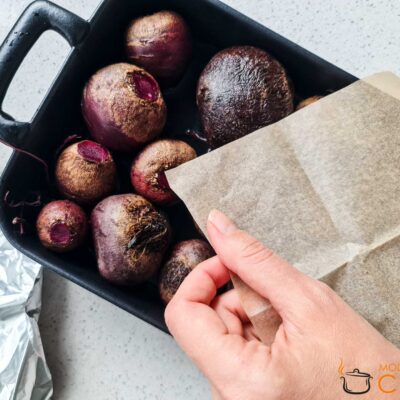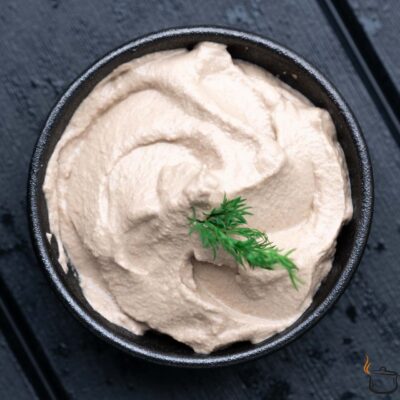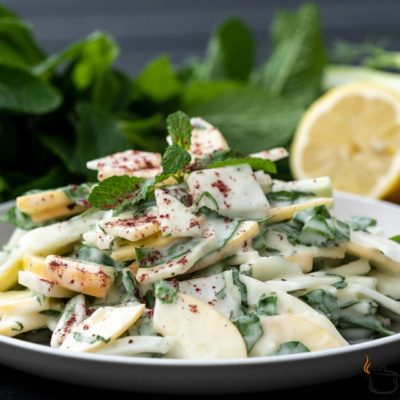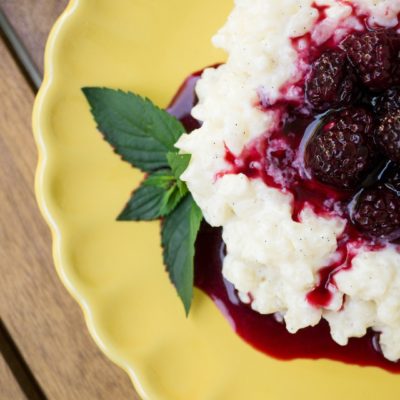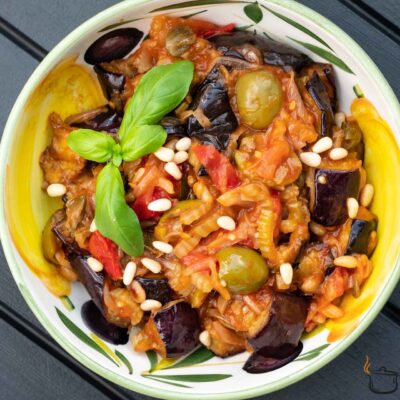Ingredients
-
1 steak Beef
-
Salt
-
Grounded black pepper
-
GheeOr olive oil
Directions
I’ll tell you right away I’m not a fan of steak culture for quite a few reasons. The ethical one, I’m all for eating the whole cow. The culinary one, as steak is rarely cooked correctly. The environmental one, the industry for a particular piece of meat, improper animal housing and feeding conditions for the sake of getting the desired marbling and quantity. Plus, the nutritional one, it’s not the healthiest part of the cow, the advanced glycation end-product (AGE).
However, let’s say you got a perfect piece of meat in your hands, then it’s worth it to cook it professionally! For that, you should follow a few essential rules, so the steak will always turn out perfectly! In fact, once you master the principles, the steak will be one of the fastest and easiest dishes to cook.
The choice of meat is not described in this recipe.
The steak will be pan-fried.
The result of frying is medium rare.
Today's visits: 1.
Steps
|
1
Done
|
RULE 1The meat should be at room temperature inside and out before cooking! |
|
2
Done
|
RULE 2The surface of the meat must be dry before frying. To do this, wipe the surface thoroughly with a paper towel before frying. In a professional kitchen, steaks are kept open in the fridge for 24 hours to allow the surface to dry/weather. In this way, the steak will be crispy and, at the same time, retain as much moisture as possible and thus be juicy. |
|
3
Done
|
RULE 3Season the steak generously with salt and pepper right before frying or 5 minutes before. Then you will need to blot the surface from the excess moisture before frying. |
|
4
Done
|
RULE 4There should not be much oil in the pan. Add only so much oil that it covers the pan's surface with a thin layer. To check, if you tilt the pan, the oil will drip to the edge in an amount not exceeding 1 tsp. The steak should not float in the oil! |
|
5
Done
|
RULE 5The pan should be hot enough. |
|
6
Done
|
RULE 6The steak needs to rest before serving. Right out of the pan, the steak is pretty dense, as if "tense". Then, place it on a rack, cover it with foil and let it rest for a few minutes before serving so that the meat "relaxes" and becomes soft, juicy and tender. |
|
7
Done
|
RULE 7Serve steak with greens! |
|
8
Done
|
FRYINGHeat a frying pan well, put or pour oil and let it heat up. Put the steak in the pan. If the temperature is correct, the meat will immediately start sizzling vigorously. |
